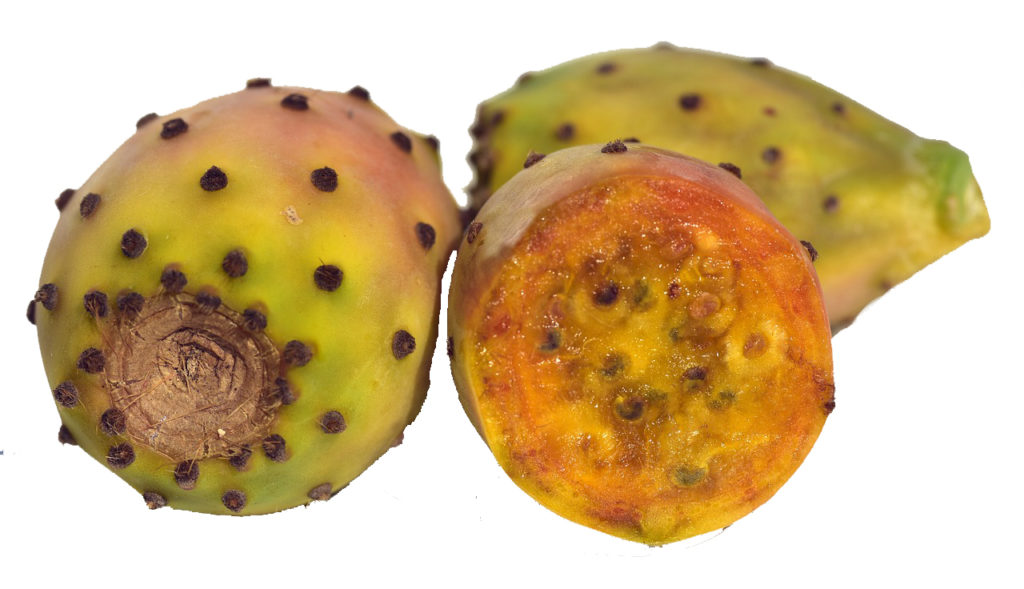Prickly Pear is an exceptional ingredient for sensitive skin. Learn about this skin-enhancing superfood that promotes elasticity and treats acne. How to Use Prickly Pear For Sensitive Skin.

What is Prickly Pear?
Prickly Pear is a cactus fruit superfood packed with vitamins and skin-enhancing nutrients. It is good for you as a fruit and works wonders as an ingredient in skincare. Prickly Pear is also known as Cactus Seed Oil.
Why Prickly Pear Is Special
Prickly Pear is a cactus fruit superfood packed with skin-enhancing nutrients.
Its fatty acids including linoleic acid and oleic acid replenish lost skin lipids to moisturize and restore elasticity. Linoleic acid helps the skin stay hydrated.
It contains antioxidants, polyphenols, and Vitamin E. Its antimicrobial benefits reduce acne. [1] And unlike most acne treatments, prickly pear treats acne without dryness or irritation.
If you suffer from both acne and sensitive skin, then skincare products containing prickly pear are an excellent choice for you.
As a carrier oil, it helps other active ingredients penetrate the skin. It also serves as a buffer for irritating ingredients. This is useful for sensitive skin types.
Who Should Use Skincare with Prickly Pear?
Both mature and sensitive skin types especially benefit from the fruit enzymes in prickly pear because dead skin comes off without rubbing and scrubbing. It can even be used on more delicate skin areas such as around the mouth.
How to Get the Skin Benefits
Look for prickly pear, also known as cactus seed oil, as a stand-alone oil you can use as a carrier oil or mixed into a plain moisturizer.
Prickly Pear is also an ingredient in many clean beauty brands. If you are using it as an oil, seek out organic prickly pear oil or organic cactus seed oil.
References
- Koubaa, M., Mhemdi, H., Barba, F.J., Angelotti, A., Bouaziz, F., Chaabouni, S.E. and Vorobiev, E. (2017), Seed oil extraction from red prickly pear using hexane and supercritical CO2: assessment of phenolic compound composition, antioxidant and antibacterial activities. J. Sci. Food Agric., 97: 613-620. doi:10.1002/jsfa.7774
Never heard of prickly pear before! wow